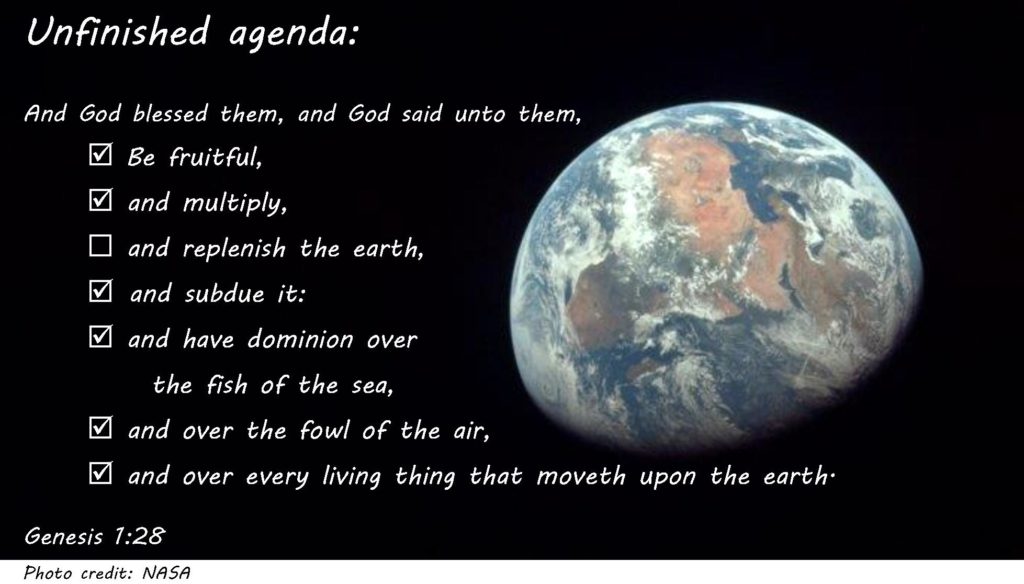Every once in a while, my natural science nerd comes out. Today it was triggered by a Facebook meme saying that the day is actually 23 hours, 56 minutes, and 4 seconds. So, I had to expound a bit:
So, here’s more information than you probably want on this subject:
It’s interesting how complicated this question turns out to be! First, it depends on how you define “day.” Is it the amount of time it takes for the earth to rotate once relative to the sun (an earth day)? Or the amount of time it takes relative to the stars in the sky (a sidereal day)? Turns out the actual rotation time varies a little, mostly because of the sloshing of the water in the oceans (tides), but, relative to the sun, an earth day averages 24 hours in length.
Relative to space, this meme is correct that the sidereal day is a little less, because the earth is both rotating on its axis, and revolving around the sun. Therefore there’s one additional sidereal day, compared to the number of earth days, every year. (That’s also the reason that the constellations visible in the night sky gradually change throughout the year.)
Then there’s the fact that the earth is slowing down ever so slightly over the ages, but not enough to notice in a human lifetime…
BTW, the reason for the need for leap year is that it takes just under 365 1/4 earth days to go exactly one revolution around the sun. Therefore, every four years, we compensate by adding a day to the calendar. (To make matters even more complicated, the year is actually very slightly less than 365 1/4 days long. To make everything come out correctly, century years that are not divisible by 400 are not leap years. So, 2000 was a leap year, but 2100 and 2200 will not be. Using this system they only have to make adjustments every few thousand years.) So it’s the earth’s revolution around the sun that creates the need for a leap day, not the length of the day by itself.
Also BTW, if you’re interested in this topic, the US Naval Observatory has some really good articles on the subject, and also calculators that allow you to determine astronomical parameters for any point on the face of the planet. Fun stuff!


